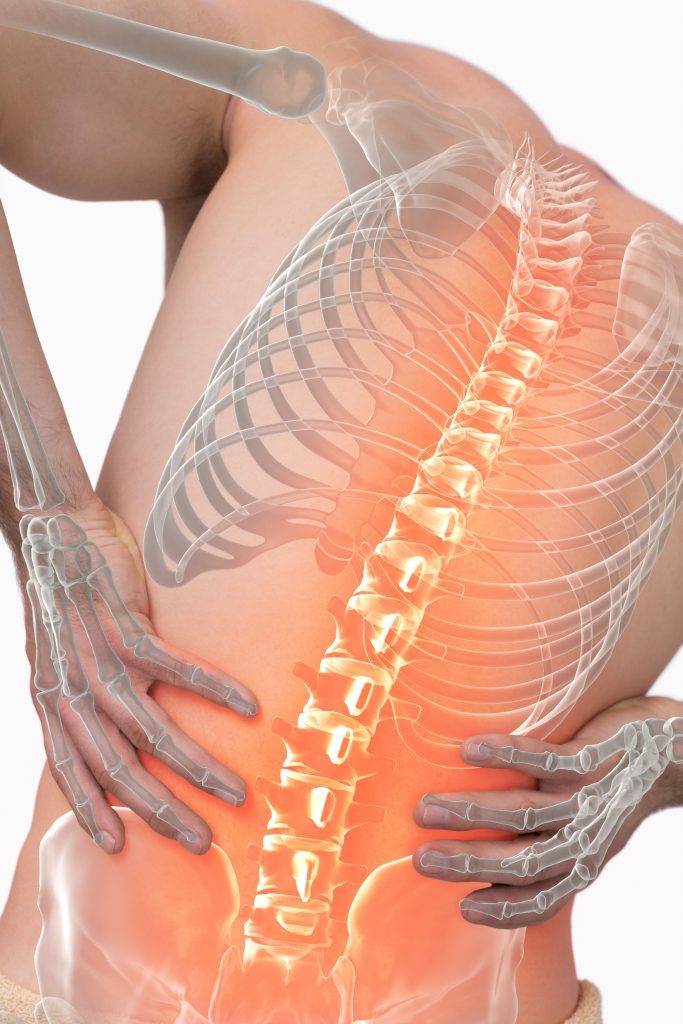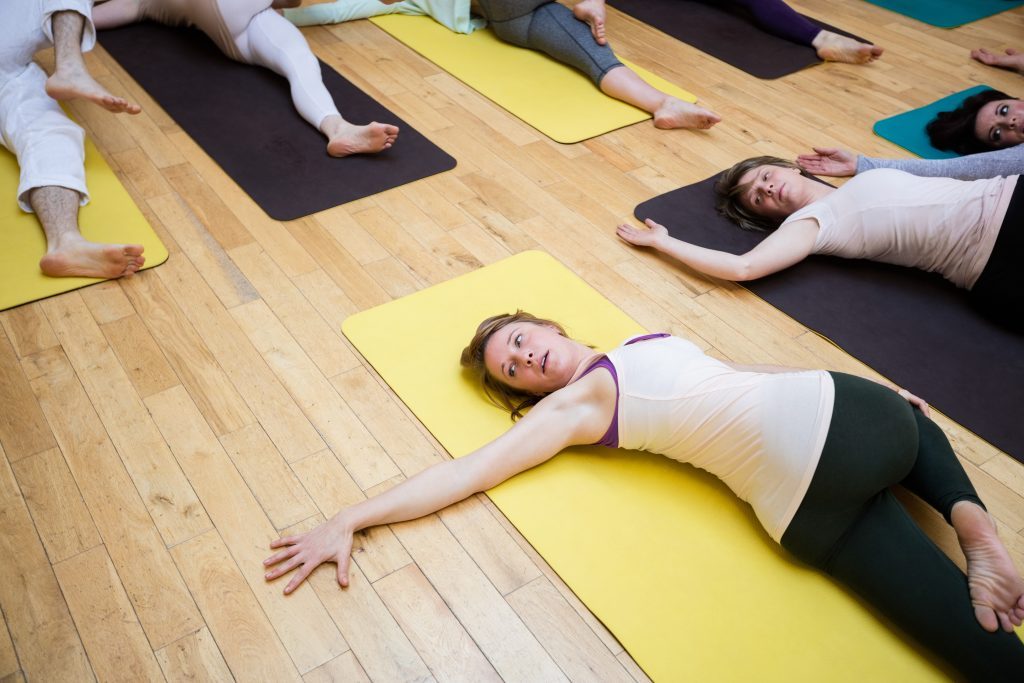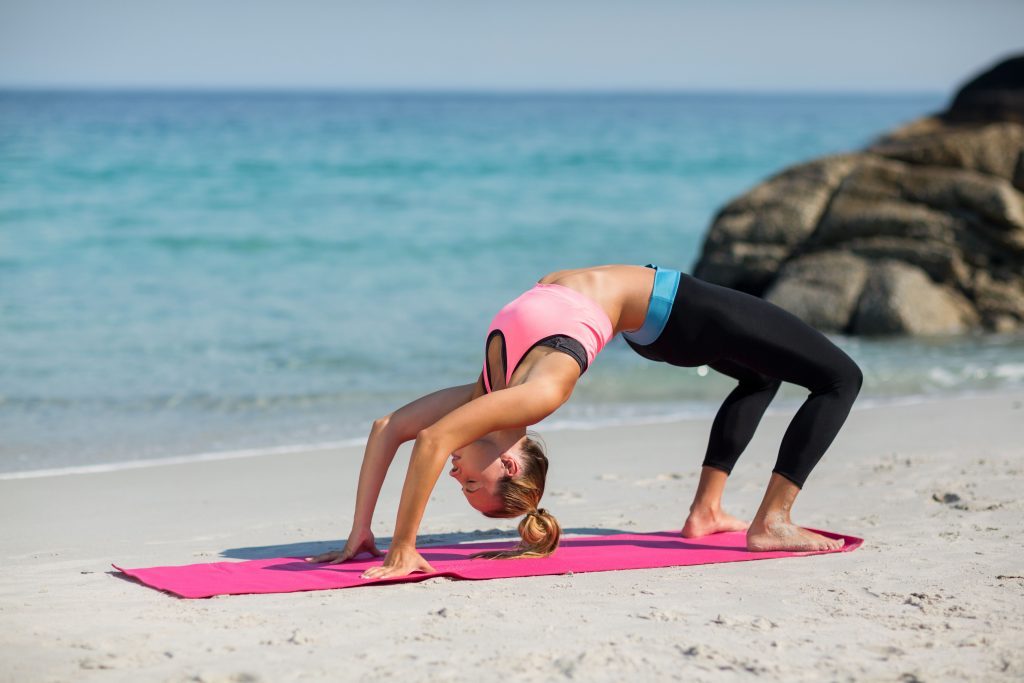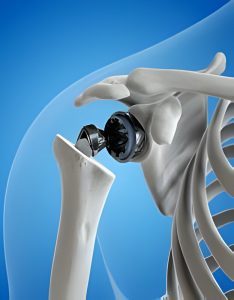Spinal Stenosis is very prevalent in the aging population. According to study 1 in 10 people over the average age of 50 are affected by spinal stenosis. As the age increases the incidence of spinal stenosis rises. The common cause of spinal stenosis is degenerative changes on the spine. So during physical activity there are some activities to avoid. There are some exercises to avoid disc herniation. Because some exercises exacerbate the symptoms. We have share the expert physiotherapist guide to spinal stenosis management and prevention
Understanding Spinal Stenosis:

It is the condition in which the vertebral space becomes narrow thus leading to pressure over two spinal vertebrae. This condition lead to pain, numbness, weakness of back, poor posture.
Impact of Exercise on Spinal Stenosis
There are two types of exercise that affect the spin alignment. The extension bias exercise and the flexion bias exercise. The extension bias mean the pain reduce with extension of the spine e.g upright position. The flexion bias means the pain is relieved with flexion or forward bending.
Spinal stenosis exercises to avoid
It is important to avoid certain exercise that cause more pressure over spinal vertebrae. Any exercise position that compresses the two vertebrae together exacerbates the symptoms such as pian, numbness and even disc herniation. As we discussed above the two type of exercise Flexion Bias and Extension Bias exercise. So from extension exercise we understand these exercises result in narrowing of two vertebras and thus result in compression. There are list of spinal stenosis exercises to avoid.
1- Heavy Weight Lifting

While lifting the object the weight load is distributed to the body vertical line. The maximum weight is transfer to the spin. This loading result in vertebrae compression and thus worse spinal stenosis. Strengthening exercises such as deadlifts, squats compress the spine so these spinal stenosis exercises are avoided.
2- High Impact Exercise

High impact exercises like jumping, running vigorous aerobics are advice to avoid. These exercises produce excessive strain on the spine and the load from ground transfer to spine. These exercises lead to pain and discomfort among these patients.
3- Twisting Motion:

Exercises such as twisting or rotational movements, such as golf swings or certain yoga poses like the spinal twist can increase the symptoms because these poses high pressure on the spine.
4-Unsupported Spinal Extension

There are some spinal exercises to avoid unsupported extension such as backbending or certain yoga poses like Cobra pose. These exercise result in muscle strain so it is advised to avoid these exercises.
Wrap up
It requires a multifactorial approach, with exercise playing an important role in symptom management. But some posture and body positioning can increase the symptoms such as pain, numbness. Some high-impact exercises, yoga poses are advised to avoid. It is important to consult expert physiotherapist while you adopt any lifestyle or exercise changing.





Really great information can be found on web blog.Blog monry